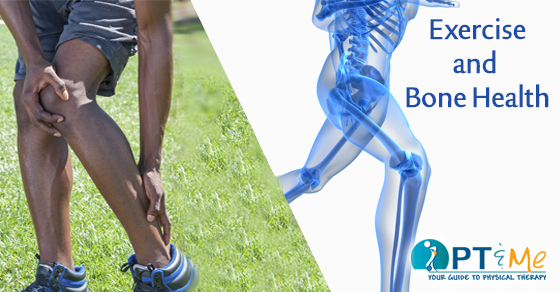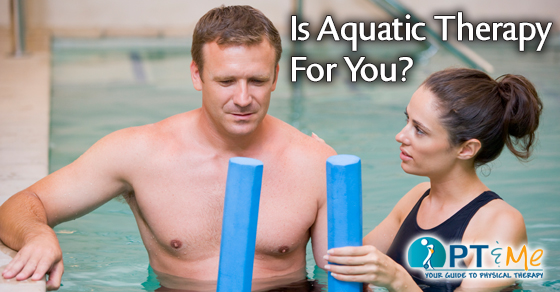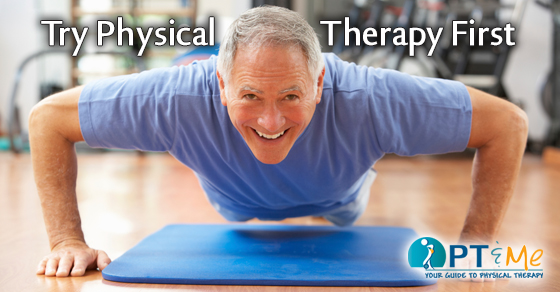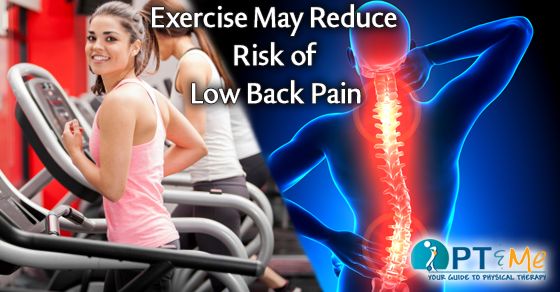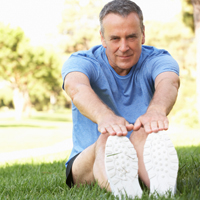Bone is living tissue that is constantly undergoing a process called remodeling. In remodeling, cells called osteoclasts are breaking down old bone, as cells called osteoblasts are replacing it with new tissue. Many factors can affect the remodeling process and leave you with bones that are less dense and more fragile.
Some factors that interfere with bone health and remodeling are:
• Increased age
• Low vitamin D—The body makes vitamin D in response to sunlight. You can also get vitamin D by eating certain kinds of food or by taking a supplement.
• A diet low in calcium
• Smoking
• Lack of exercise—especially weight bearing and resistance exercise
Why Exercise Is Good for Bone Health
Regular weight-bearing and resistance exercise helps build muscle, as well as maintain and increase bone strength. Exercise causes the muscle to contract against the bone. This action stresses or stimulates the bone, and the bone becomes stronger and denser. The 3 main types of exercise are (some activities can be more than 1 type):
Aerobic (Cardiovascular) Exercises to Improve Bone Health
In aerobic exercise, you continually move large muscles in the legs, shoulders, and buttocks. This action causes you to breathe more deeply, and your heart to work harder pumping blood, thereby strengthening your heart and lungs. Examples include:
• Walking
• Jogging
• Running
• Aerobic dance
• Bicycling
• Swimming
Weight-Bearing Exercises to Improve Bone Health
In weight-bearing exercises, your bones and muscles work against gravity, and your feet and legs bear the weight. Your bones adapt to the weight and pull of the muscle during weight-bearing exercise. Examples of weight-bearing exercises include:
• Jogging
• Walking
• Stair climbing
• Dancing
• Soccer
Resistance Exercises to Improve Bone Health (Strength Training)
Resistance exercises use muscle strength to improve muscle mass and strengthen bone. Examples include:
• Weight lifting, using:
• Free weights
• Weight machines
• Elastic tubing
• Calisthenics such as push-ups and chin-ups
Tips for Beginning:
Aerobic or Weight-bearing Exercises to Improve Bone Health
• Warm up for 5 minutes before activity. This can consist of dynamic stretches that involve movement and a light walk.
• Start the activity slowly for the first 5 minutes.
• Slowly increase your intensity so that your heart rate increases. A person doing moderate-intensity aerobic activity can talk. A person doing vigorous-intensity activity cannot say more than a few words without stopping to take a breath.
• Gradually increase your workout until you are working out at least 150 minutes a week at moderate–intensity or 75 minutes a week at vigorous intensity.
Resistance Exercises to Improve Bone Health
• Begin each exercise with light weights and minimal repetitions.
• Slowly (over weeks) increase weight, never adding more than 10% in a given workout.
• Do these exercises 2-3 times a week. Allow for 1 day between each workout for your bones and muscles to rest and repair themselves.
• Gradually increase the number of repetitions to 2-3 sets of 8-10 repetitions with a rest period of 30-60 seconds between sets.
• Although stiffness the day after exercise is normal, if you are in pain, you did too much. Decrease the intensity or the duration of your exercise.
Before starting any type of exercise program, check with your doctor about any possible medical problems you may have that could limit your ability to exercise.
RESOURCES:
National Osteoporosis Foundation
http://www.nof.org
The President’s Council on Physical Fitness, Sports, and Nutrition
http://www.fitness.gov
CANADIAN RESOURCES:
Canadian Orthopaedic Foundation
http://www.canorth.org
Public Health Agency of Canada
http://www.phac-aspc.gc.ca
REFERENCES:
2008 Physical Activity Guidelines for Americans. US Department of Health and Human Services website. Available at: http://www.health.gov/paguidelines/guidelines/default.aspx#toc. Published October 2008. Accessed January 21, 2016.
Bone remodeling. University of Washington website. Available at: http://courses.washington.edu/bonephys/physremod.html. Updated March 30, 2007. Accessed January 21, 2016.
How much physical activity do adults need? Centers for Disease Control and Prevention website. Available at: http://www.cdc.gov/physicalactivity/everyone/guidelines/adults.html. Updated June 4, 2015. Accessed January 21, 2016.
Osteoporosis. EBSCO DynaMed website. Available at: http://www.ebscohost.com/dynamed. Updated October 13, 2015. Accessed January 21, 2016.
Skeleton keys. Smithsonian Museum of Natural History website. Available at: http://anthropology.si.edu/writteninbone/young_old.html. Accessed January 21, 2016.
Last reviewed January 2016 by Michael Woods, MD
EBSCO Information Services is fully accredited by URAC. URAC is an independent, nonprofit health care accrediting organization dedicated to promoting health care quality through accreditation, certification and commendation.

